Q&A: NetApp, SolidFire Execs On NetApp's SolidFire Integration, Competition, Flash Storage Future
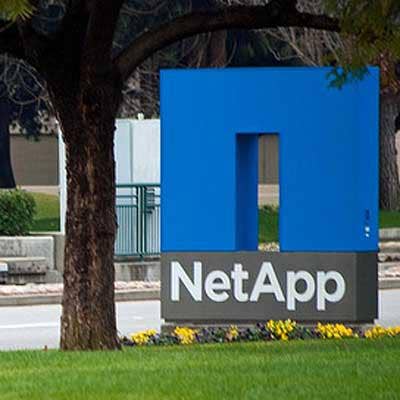
NetApp's SolidFire Acquisition Closed: Now The Questions Get Answered
NetApp in December surprised the IT world with its announcement that it would acquire SolidFire, one of a handful of startups in the all-flash storage industry. The deal brought a legacy storage vendor -- in the throes of a long transition to modernize its architecture and embrace the all-flash revolution -- together with a nimble startup whose technology was designed for modern high-performance applications and hyper-scale data centers.
Now that the deal has closed, NetApp and SolidFire are ready to answer key questions around the acquisition, including:
-- Why did NetApp want to buy SolidFire?
-- Why didn't SolidFire stay independent?
-- How will the two integrate their product lines?
-- What does this mean for NetApp's ability to compete in the all-flash world?
CRN discussed these questions and more with Lee Caswell, NetApp vice president of products and solutions marketing, and David Wright, SolidFire CEO.

What is the current situation with the acquisition?
Wright: The transaction is fully closed. We are in the process of integration. We've been welcomed by NetApp with open arms.
It's still early. But we're already working with people in the NetApp sales and partner community. We're starting with joint NetApp and SolidFire partners. And we've started with outreach to the broader partner community.

Why didn't SolidFire remain an independent company?
Wright: It was a difficult decision. We could stay on path to an IPO, or go with NetApp.
The opportunity for flash storage is growing faster than we expected. For us, the question was how we can tap into that as quickly as possible. It takes time to ramp up sales and partners. NetApp accelerates that process. It provides a large global reach. We weren't able to reach large global markets in China or India before. But we will this year with NetApp.
Also, it's a challenge for a single-product vendor. Sometimes our solution fits a customer need, and sometimes it doesn't. It's nice to have a portfolio we can talk about, and not push customers away to another company's solutions.

Was SolidFire cash-flow positive?
Wright: No, we were in the investment and growth phase. There were additional funding rounds and an IPO in the future if we went that way. But there are difficulties getting public funding and private capital. Now we don't have to deal with that.
What was the total investment in SolidFire?
Wright: $150 million. That included investment from Samsung Ventures.

Why did NetApp decide to acquire SolidFire given that there are so many choices in the all-flash storage market?
Caswell: NetApp has been selective in how it acquires companies and technologies. But we saw something interesting in SolidFire's technology and in how the company was run.
From the technology side, we saw SolidFire developing technology that leads to an all-flash data center, with the ability to install and scale quickly. NetApp also valued its model of simplicity. We saw this as a way to scale our business.
SolidFire was not a profligate spender. They invested carefully in developing the company.
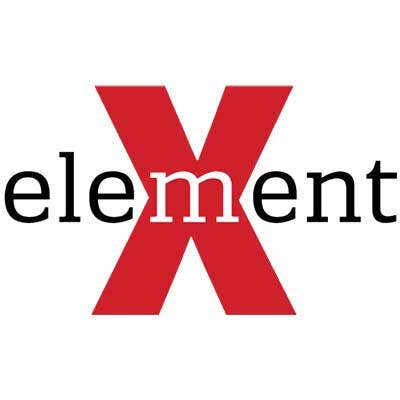
What is the situation with Element X, the software designed to turn industry-standard servers into all-flash storage arrays?
Wright: It's still an active program, and we have active customers. It was designed to be used by a small number of hyper-scale data center providers. We've been successful. Our customers include household names, but we're not allowed to disclose who.
How about the rest of SolidFire's line?
Wright: We're carrying the rest of the product line forward, and continuing to invest in hardware and software. You'll see the SolidFire name continue as a brand.
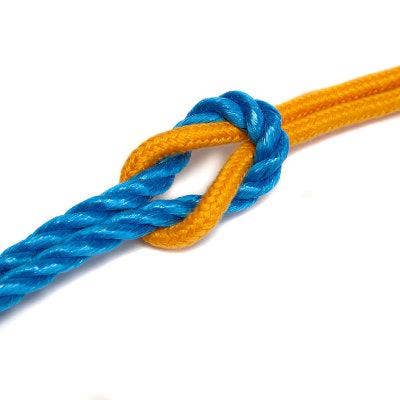
What kind of integration points are there between NetApp and SolidFire technology?
Wright: I'm not sure we're ready to announce that yet. Management tools from NetApp will be extended to manage the SolidFire line. And we'll make SolidFire a part of the NetApp Data Fabric strategy of getting the right data to the right place at the right time.
Caswell: We're also looking at integration of SolidFire with NetApp AltaVault [cloud integrated storage]. AltaVault's ability to easily manage multiple copies of data is important. This is a natural way for us to extend the Data Fabric, and manage it intelligently across platforms.

Is there any product overlap between the two companies?
Wright: The lines are very complementary. In certain use cases, multiple products might apply. But it really depends on what customers want. Is it a traditional data center use case, where NetApp fits better? Or a scalable cloud infrastructure where SolidFire fits better.
The one place where there was overlap would have been between NetApp's FlashRay and SolidFire. But NetApp put FlashRay on hold.
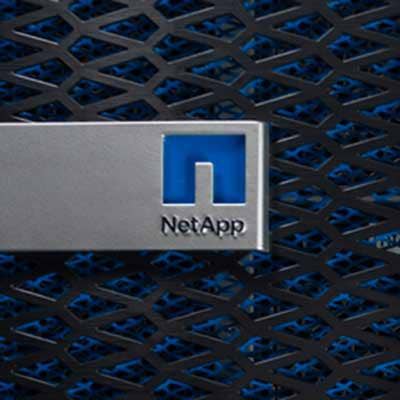
Was the decision to end the FlashRay project made before or after NetApp decided to acquire SolidFire?
Caswell: They were independent decisions. We evaluated FlashRay for a long time, and decided the technology could make our other products better. SolidFire was so different from our other lines, but with FlashRay, we decided there was not enough incremental value.
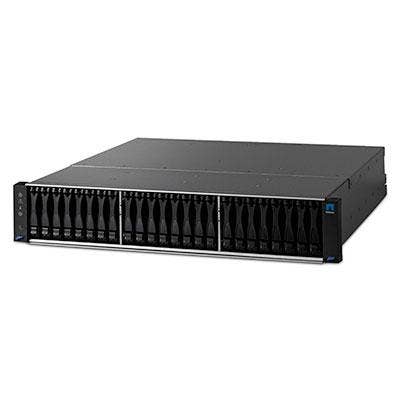
What are the use cases between NetApp's various all-flash solutions?
Caswell: The use cases depend on how customers deploy the technology. Our EF flash storage line is deployed by app owners looking for the lowest latency. Our AFF [All Flash FAS] is for customers looking to avoid SAN upgrades. Customers looking at the EMC/Dell merger and wondering how to upgrade. Some customers want to look at deploying storage in a cloud-like manner with scalability. SolidFire provides new and unique ways to deploy all-flash storage.
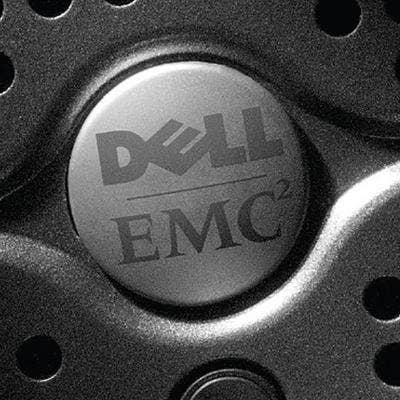
How does the SolidFire technology play into NetApp's competition with a combined Dell-EMC?
Caswell: Customers of EMC's VSPEX [converged infrastructure solution] and VCE Vblocks, they are now looking at "VDE." [Editor's note: "VDE" refers to the possibility that EMC might replace Cisco as its primary converged infrastructure partner with Dell.]
You can expect those companies to say they will continue to work together. But on the partner side, we're seeing an incredible amount of activity on our FlexPod, especially on the all-flash FlexPod. Regardless of what Dell and EMC say, partners are seeing interest in FlexPod.
How important is flash storage to NetApp's converged infrastructure plans?
Caswell: We saw a $600 million run rate for flash storage in the last quarter, versus the $390 million run rate we experienced in the quarter before.
Partners are making two big bets this year: converged infrastructure and flash. We can now provide flash storage with raw performance, with services, and now with scale. And we can build it into converged infrastructure.
We have joint activities with Cisco on the all-flash FlexPod, including a very aggressive rebate program with our channel partners. It's a combination of push-pull promotions. I haven't seen this level of anticipation for a long time.
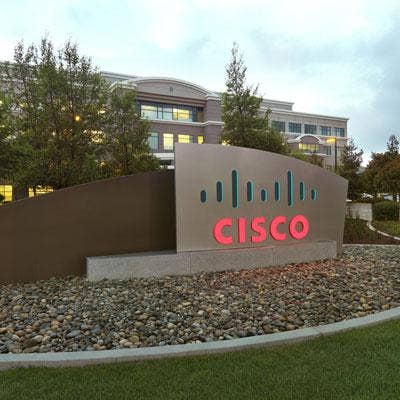
What about SolidFire's converged infrastructure solutions with Cisco?
Wright: SolidFire had the SolidFire Agile Infrastructure reference architecture that it sold through the channel. There's a lot of interest to see how SolidFire will come to the converged infrastructure market. I'm not sure it will be with FlexPod. We'll see what happens.
There was talk that Cisco might acquire SolidFire. What happened?
Wright: I won't address that question specifically. We had a number of talks with a lot of companies over the years.
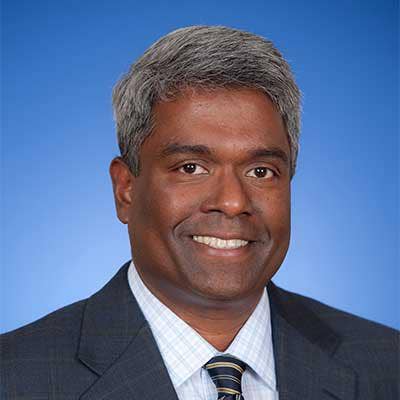
For NetApp's acquisition of SolidFire, who approached whom?
Wright: I'm not kissing and telling.
We've been talking to NetApp over the course of a couple of years. We've been building a relationship over several years. I had the opportunity to meet with [NetApp CEO] George Kurian (pictured) before the acquisition. NetApp knows us, and we know them. We weren't actively shopping the company. We were in the process of looking at a new investment round. That made this a good opportunity to talk about an acquisition.
Caswell: Customers like the fact that we're keeping the SolidFire product, and that Dave is continuing to run it independently and continuing to develop it. It's a good sign that we are committed to making these incremental opportunities grow.